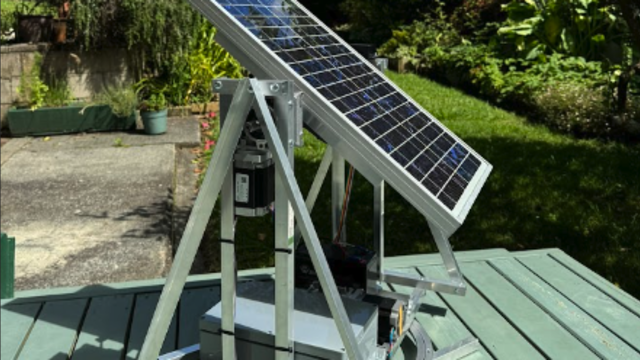The newly launched Compute Module 4 brings this line of products bang up to date with the flagship models. It also introduces some new features – the most obvious of which is the connector which is now a pair of high-density connectors that push securely into connectors on another PCB.
A big advantage of the Compute Module 4 over the standard Raspberry Pi models is that it gives you much more choice over what you get on the board, from 1GB RAM with no wireless networking or eMMC storage ($25), all the way up to 8GB RAM with wireless networking and 32GB eMMC storage ($90).
Another significant advantage is that a considerable amount of compliance testing has already taken place. This means that if you build a project with the Compute Module 4, you’ll need to do less testing to pass major certifications (such as FCC and CE). The exact implications of this will vary depending on what you’re doing with the Compute Module 4; however, you can find more information at hsmag.cc/U6zncj. The best way to test out the features of the Compute Module 4 is with the Raspberry Pi Compute Module 4 IO Board. The IO Board breaks out all the features of the Compute Module 4, so they’re easy to access. Once you’ve worked out what bits of this you need, it’s expected that you’ll design your own carrier board that strips out the bits from the IO Board that you don’t need. To make this process easier, Raspberry Pi has released the KiCad files for the IO Board (you’ll need the latest version of KiCad to use them). You can modify this design however you want, and use it as the basis for your products.
There are a couple of features broken out of the IO Board that aren’t available on Raspberry Pi Model A and Model B, including a second display and camera connectors, plus a PCIe M.2 slot for extra hardware. All of these create some interesting possibilities, but in different ways. Perhaps the extra display slot is the least interesting because it’s already possible to run two displays via HDMI, but this simplifies the hardware necessary because you don’t need an HDMI driver on the display. Dual cameras have long been a feature of Raspberry Pi Compute Modules, and create some fascinating possibilities for stereoscopic vision projects.

The Compute Module 4 is the first Raspberry Pi project to have an accessible PCIe slot – this significantly increases the range of hardware available for this board. This includes fast disk drives, fast networking, and other add-ons (Jeff Geerling is trying to get external GPUs working, but at the time of going to press, hasn’t quite managed it). This is the port that the USB 3.0 bus is connected to on Raspberry Pi 4 Model B, so on the IO Board, the PCIe is broken out, and there’s no USB 3.0. However, you can add a USB 3.0 card to the PCIe if you need this functionality.
The Compute Module 4 probably won’t be directly relevant to everyone, but it does show an important fact about the Raspberry Pi ecosystem – that it covers almost the entire range of computer use. It’s used to teach beginners about computing both in schools and elsewhere, and it’s also used in industry to design and build products. For users, this means that Raspberry Pi skills aren’t just for playing around in your free time, they’re increasingly important professional development skills.
Verdict
The most flexible board from Raspberry Pi for building your own projects, or accessing all the features.
10/10







